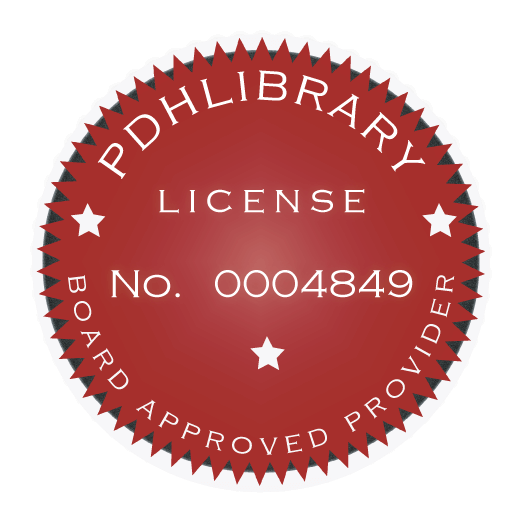Course Description
This discussion includes criteria and inspection actions that, when used either separately or in combination, will indicate whether adequate cathodic protection of a metallic piping system has been achieved. The effectiveness of cathodic protection or other corrosion control measures can be affirmed by visual observation, measurements of pipe wall thickness, or by use of internal inspection devices. Because such methods sometimes are not practical, meeting any criterion or combination of criteria in this chapter is evidence that adequate cathodic protection has been achieved. When excavations are made for any purpose, the pipe should be inspected for evidence of corrosion and/or coating condition. Apply sound engineering practices to determine the methods and frequency of testing required to satisfy these criteria. The criteria in this discussion have been developed through laboratory experiments and/or verified by evaluating data obtained from successfully operated cathodic protection systems. Situations may exist where a single criterion for evaluating the effectiveness of cathodic protection may not be satisfactory for all conditions. Often a combination of criteria is needed for a single structure.
Course Outline
1. INSPECTION PROCEDURES AND CRITERIA
2. APPLICABILITY
3. CRITERIA
4. OTHER CONSIDERATIONS
5. ALTERNATIVE REFERENCE ELECTRODES
6. TESTING
Learning Objectives
Upon completion of this course you will:
• Learn about the National Association of Corrosion Engineers (NACE) standards;
• Learn about the importance of negative cathode potential;
• Learn how to inspect and test bare or ineffectively coated pipelines where long line corrosion activity is of primary concern;
• Learn how aluminum may suffer from corrosion under high pH conditions;
• Learn the fundamentals of inline inspection of pipes;
• Learn about stray currents and stray electrical gradients;
• Learn how to test for a short between two structures with cathodic protection on one structure;
• Learn when you should test for a short between two structures without cathodic protection on either structure;
• Learn the current requirement testing procedures;
• Learn about the use of temporary anodes; and
• Learn about anode bed inspection and testing for impressed current cathodic protection systems.
Intended Audience
This course is intended for civil engineers, structural engineers, mechanical engineers, electrical engineers and other design and construction professionals wanting an introduction to the principles of inspection and testing of cathodic protection systems.
Benefit for Attendee
This course will give professional engineers and others an introduction to the principles and practices that are the basis of corrosion protection system testing and inspection.
Course Introduction
This is an introduction to cathodic protection inspection and testing techniques for galvanic and impressed current systems.
Course Summary
This course will give you an introduction to principles of cathodic protection systems inspection and testing.

